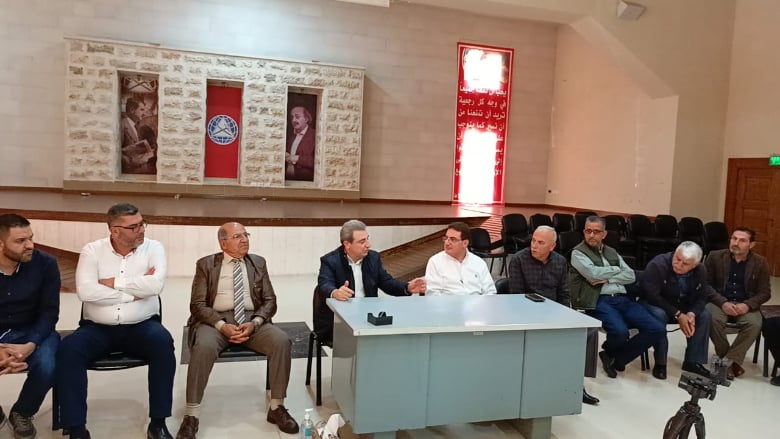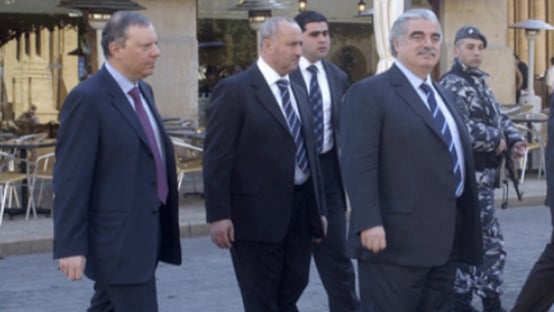Two Syrian delegations visited Washington last week. They don’t share a vision for solving the Syrian war and they met Americans but they didn’t meet each other. The Syrian National Coalition delegation leader later told Asharq Al-Awsat that there was differentiation in the American treatment of the two opposition organizations. He was polite. In fact, the Americans for years have been uncomfortable with Islamists in the National Coalition and its Turkish support.
In comparison, the Americans are grateful to the secular autonomous administration and its well-organized Syrian Kurdish YPG militia, for its success against ISIS. Ilham Ahmed, who led the autonomous administration delegation, told the media after her meetings with Biden administration officials that she received assurances the Americans would not withdraw from Syria.
The commander of the Syrian Democratic Forces, whose core is the YPG, told the London Times that he received the same pledge earlier in September from the American military commander in the Middle East, General McKenzie, and from Joey Hood, the senior State Department official for the Middle East.
The State Department on September 29 after receiving Ilham Ahmed emphasized that the United States supports “stability” in the region. You can translate this diplomatic language to say American forces will stay in eastern Syria to protect the autonomous administration and block the road before Russian, Iranian, Turkish or Syrian Government forces.
The American statement on September 29 also promised they would continue helping the SDF (and its YPG core) to fight against ISIS, even though President Biden told the United Nations and the American people his administration had finished the forever wars.
One element of the continuing war in eastern Syria is American military assistance to the YPG and SDF militias to defend the oilfields. No one thinks that a few tens of ISIS fighters can seize and control oilfields for more than a day or two. The oilfields are vital for the autonomous administration, and increasing their production was a big goal for Ilham Ahmed’s visit to Washington. She requested waivers from the Caesar Sanctions so that American companies can repair the oilfields and so the autonomous administration can more easily receive humanitarian aid.
At the same time, the Biden administration is giving more economic aid to the autonomous administration. But the more Washington builds up the autonomous administration and its forces, the harder reaching a deal between the autonomous administration and Assad’s government will be. The autonomous administration won’t compromise on autonomy and the Americans can’t compel Assad to make compromises. In this stalemate, the autonomous administration is evolving into a de facto small state under an American military umbrella.
I have written many times that eventually Washington will take away the umbrella. Was I wrong? Yes, at least in the short term. Brett McGurk, who is now Biden’s most important advisor on the Middle East, resigned from the Trump administration when Trump ordered American troops to withdraw in 2019.
After that public resignation in 2019, McGurk’s reputation is tied to the fate of the autonomous region. In addition, especially after the Afghanistan withdrawal, the Biden administration needs a convincing plan to contain ISIS in eastern Syria. Its only plan now is the militias of the autonomous administration.
Unless McGurk reaches a good deal with Russia for the protection of the SDF and the autonomous administration, Biden’s team will urge the President to maintain the American force in Syria. In addition, the chaos in Kabul hurt Biden politically; his popularity fell to its lowest level since he became president. Politically, it is easier for Biden and the Democrats to delay a Syrian withdrawal, and accompanying accusations of betraying another American ally, until after the 2024 presidential election and perhaps longer.
Two things could change this American political calculation. First, there have been only a few American casualties in Syria. The Iranian militias and Assad’s forces are not the equal of the Taliban resisting the Americans and their local allies. Only a few American citizens pay attention to Syria now.
However, if there are significant American casualties in Syria, or in Iraq which is the supply base for the forces in Syria, then the deployment in Syria would get new political attention. Second, as I have written before, the left wing of the Democratic Party agrees with the America First movement inside the Republican Party about the need to reduce American military deployments and costs in many secondary locations, including Syria.
If in the 2022 Congressional elections candidates from the left wing of the Democratic Party and the extreme right wing of the Republic Party win more seats in the next Congress, they could cooperate to raise the profile of the American military presence in Syria and embarrass the White House which has no strategy for Syria.





